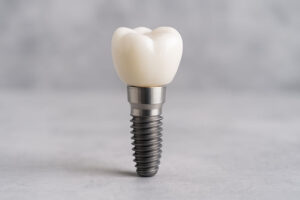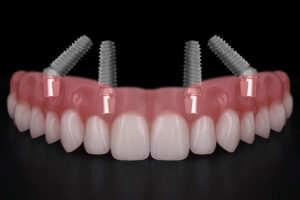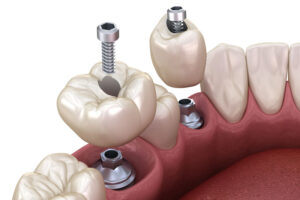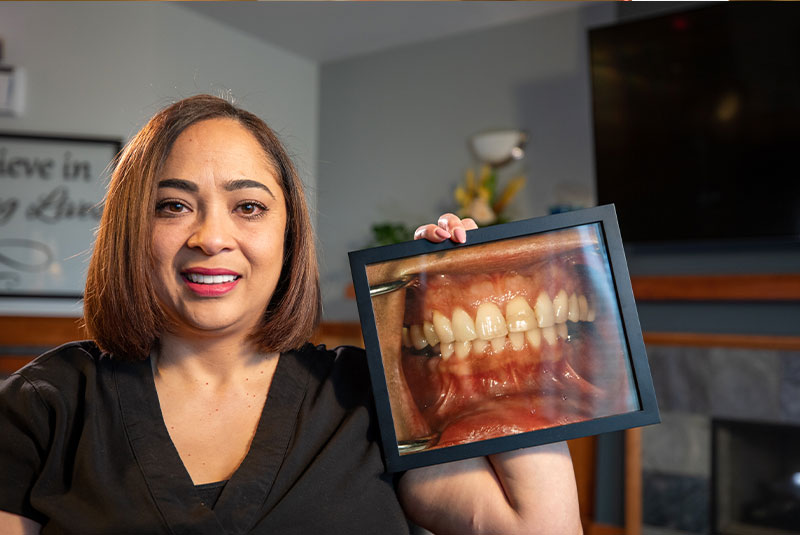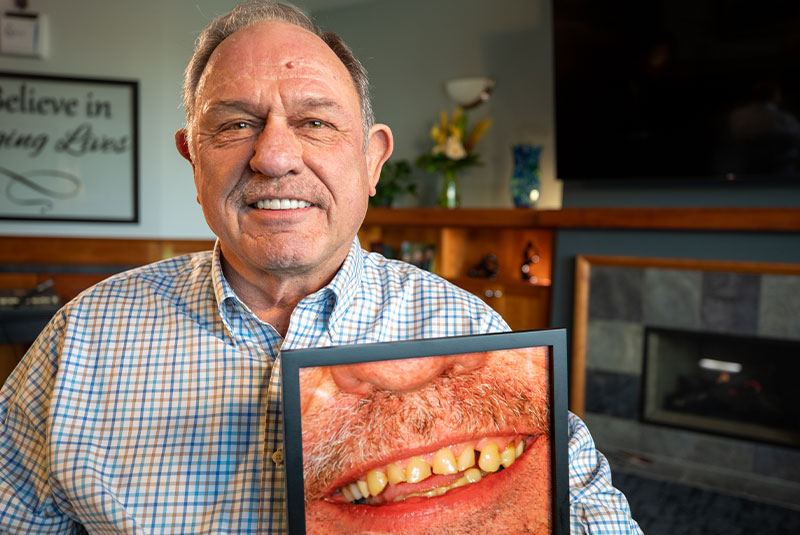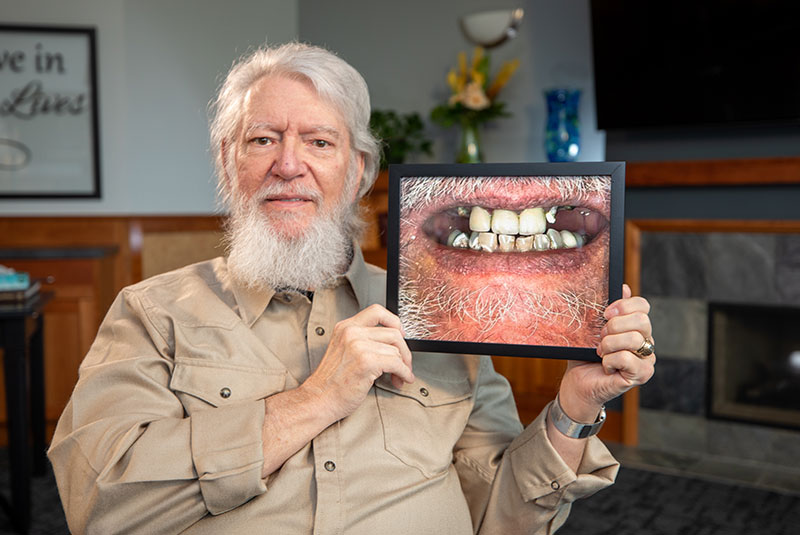Dental fillings are some of the most commonly performed treatments in modern dentistry. This level of care was first established more than 150 years ago, and it continues to be one of the most conservative ways to repair mild to moderate tooth damage. It might interest you to know that, since the early days of dental fillings, not much has changed. We see a positive shift from the use of amalgam to tooth-colored composite resin, but little more has even needed to be improved upon. In short, dental fillings are a valuable restorative treatment, and probably always will be. Still, there is an important detail we shouldn’t overlook: fillings do not last forever.
When a Filling Has Outlived Its Purpose
Many people have had fillings in place since their childhood. When we get fillings at such a young age, even early adulthood, we may naturally assume they are in place forever. This is a misconception and one that holds the potential for risks to oral health. If a filling is left in place for too long without proper observation, there is a good chance it will outlive its purpose. This is one reason why it is so important to see your dentist twice a year. During our routine exams, we observe fillings for indications that their time may be up. These include:
- Signs of decay around the margins of a filling. Any filling, whether amalgam or composite, could lose integrity around the margins, where the artificial material meets natural enamel. Decay in this area could expand beneath the filling, causing extensive damage that ultimately affects the tooth’s root.
- This is more prominent with amalgam fillings due to their metallic composition. Amalgam is made up of several types of metal, and metal moves differently than enamel. When we chew, teeth “warm up,” literally, due to friction. This means restorations also become heated, which causes expansion. Over time, the different rates of movement between fillings and natural enamel can lead to separation, fractures, or cracks.
- Like our natural enamel can wear down over time, so can the materials used in dental fillings. These restorations need to have a degree of thickness and structural integrity to prevent further damage so, if they become significantly eroded, they will need to be replaced.
The matter of filling replacement is sometimes a personal decision, and sometimes a necessary protocol to protect teeth. Whatever the instance, our team works to repair failing restorations quickly and in a manner that achieves long-term results. For friendly dental care, call our Sherwood office at (503) 925-9595.



